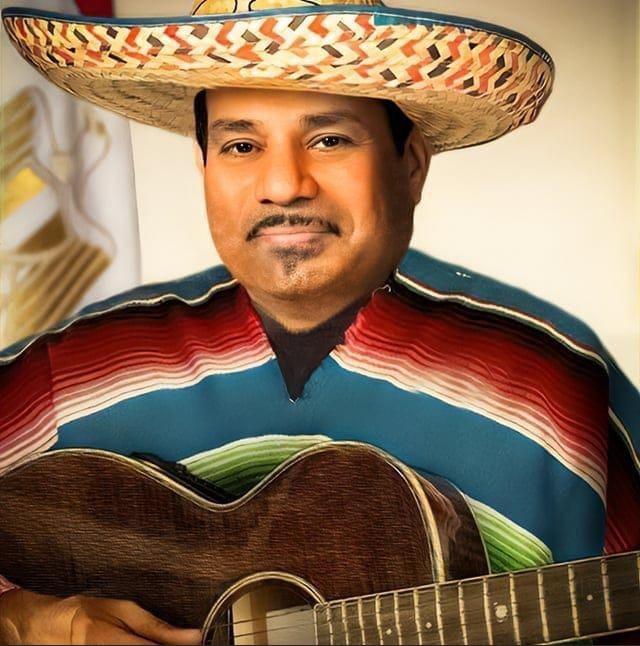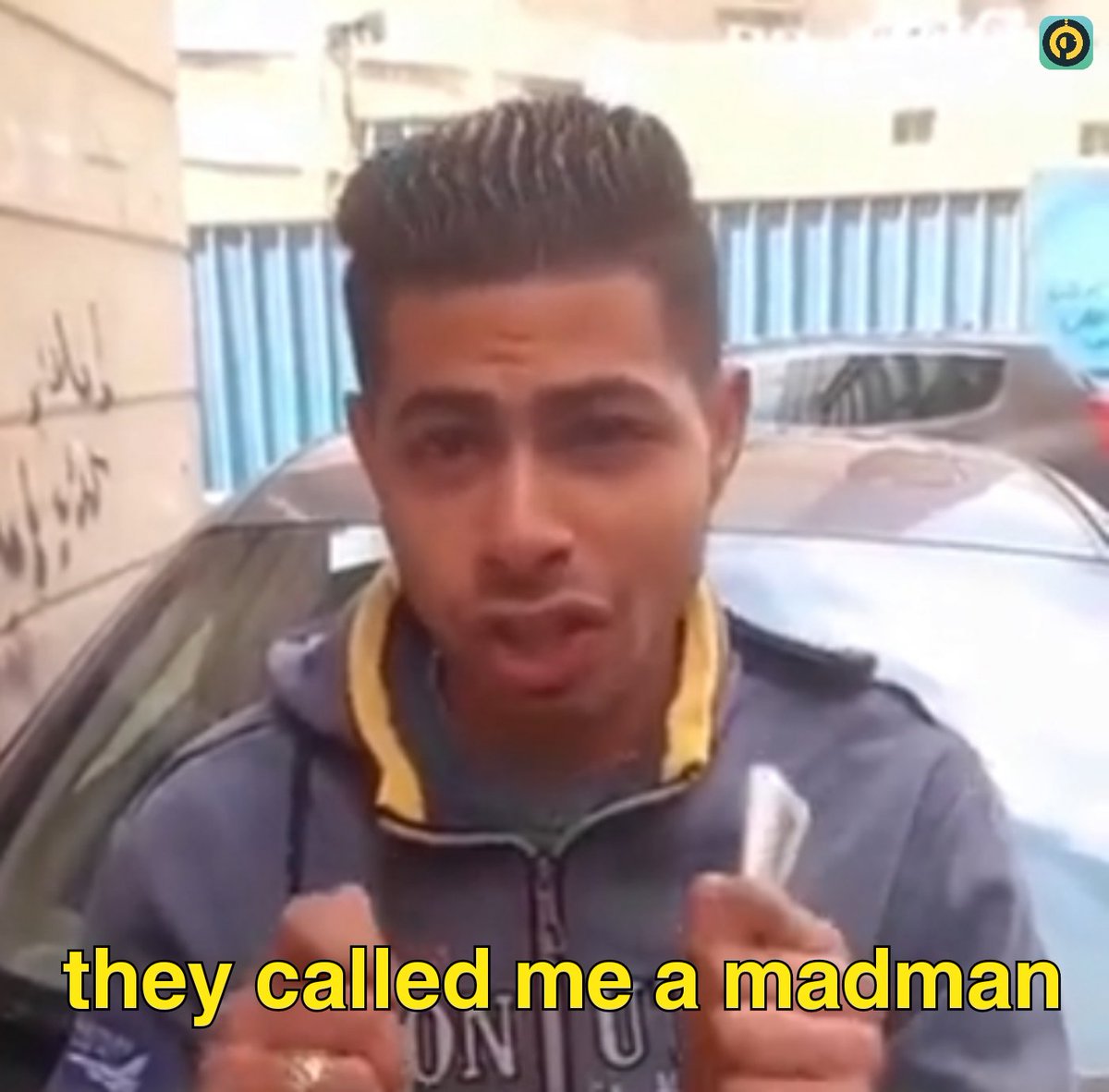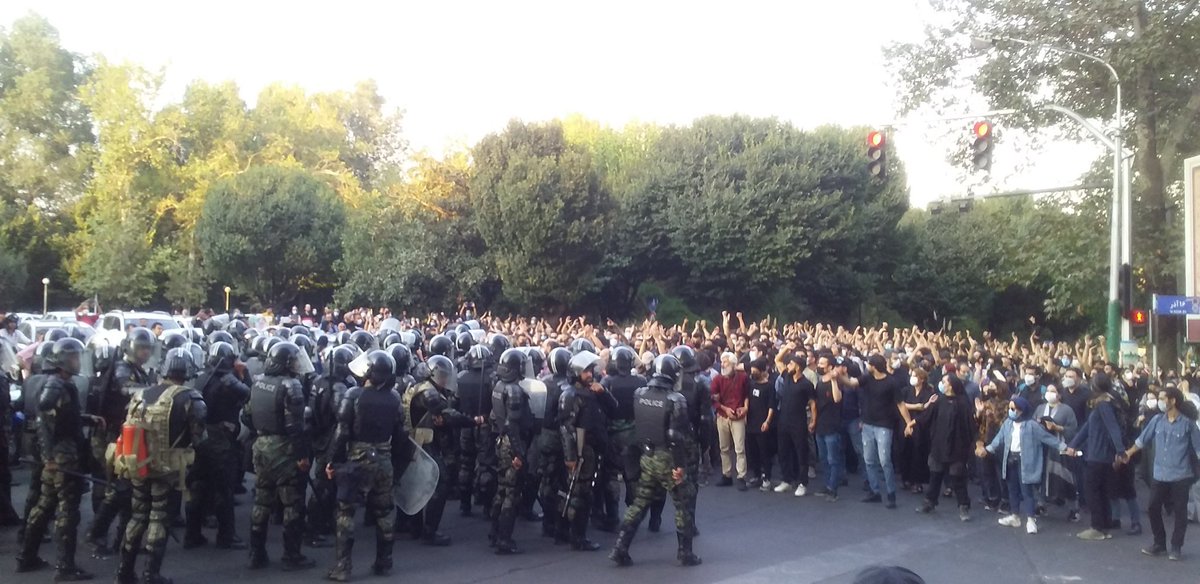.@HAZINEblog publishes reviews of archives across the Middle East and helpful tips for researchers - from Tehran's best archives to Istanbul's best historical libraries, and everywhere in between.
Check out their work - and support their fundraiser:
hazine.info/donate/
Check out their work - and support their fundraiser:
hazine.info/donate/
"The al-Hakim Library services the tens of thousands of students and scholars of the Najaf seminary, and thus can be considered the chief reservoir of Shi’ism as a school of thought"
hazine.info/al-imam-al-hak…
hazine.info/al-imam-al-hak…
"Famed for its large collection of ancient Georgian manuscripts and Imperial Russian documents, the archive also preserves primary sources that are of great value to Ottoman and Middle Eastern scholars."
hazine.info/georgiaarchive…
hazine.info/georgiaarchive…
"The Museum of Textbooks or “Matḥaf al-Kitāb al-Madrasī” is a unique resource for historians interested in education, not only in Jordan, but also in Palestine, Egypt, Syria and Iraq."
hazine.info/museumoftextbo…
hazine.info/museumoftextbo…
"The Archive and Library of the Topkapı Palace Museum (Topkapı Sarayı Müzesi) contain some of the most important documents and manuscripts pertaining to Ottoman and Islamic history."
hazine.info/topkapiarchive…
hazine.info/topkapiarchive…
"Located on the grounds of the National Garden in the Topkhane district of Tehran, The Malek National Library and Museum (Ketābkhāna va mūza-ye melli-ye Malek) is a must-see not only for researchers but also anybody visiting Iran’s capital."
hazine.info/maleklibrary/
hazine.info/maleklibrary/
• • •
Missing some Tweet in this thread? You can try to
force a refresh



















